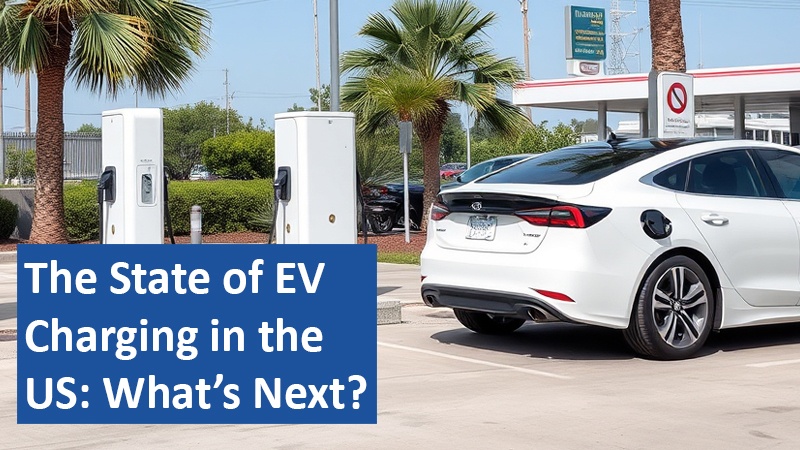
The electric vehicle (EV) charging landscape in North America is evolving rapidly, much like the early battles over smartphone charging standards. While the Combined Charging System (CCS, Type 1) remains the most widely used standard, Tesla is pushing its connector—now rebranded as the North American Charging Standard (NACS). Major automakers are transitioning to NACS, but fully integrated models won’t hit the market until 2026. Meanwhile, EV owners continue to navigate a fragmented charging network.
Click here for the best Amazon deals!
NACS Gains Widespread Support
With SAE International standardizing NACS, nearly every major automaker—Ford, GM, Toyota, Rivian, Volvo, Nissan, Mercedes-Benz, and BMW—has committed to adopting the Tesla-developed connector. In contrast, Europe settled on CCS2 as its unified charging standard. In the US, drivers of Tesla Model Ys, Kia EV6s, and Nissan Leafs (with the aging CHAdeMO connector) still rely on adapters and compatibility checks. However, the situation should improve as the federal government invests $7.5 billion in expanding EV charging infrastructure.
Automakers Expanding Supercharger Access
Ford has extended its free home charger offer to Canadian buyers of the F-150 Lightning, Mustang Mach-E, and E-Transit, covering installation and 24/7 EV support. Meanwhile, Hyundai is set to distribute free CCS-to-NACS adapters in early 2025, enabling Ioniq 5 and Ioniq 6 owners to use over 20,000 Tesla Supercharger stations. Kia, initially scheduled to enable Supercharger access in January, has delayed the rollout to March 2025 for EV6 and EV9 models.
Faster Charging and Security Enhancements
Tesla’s new V4 Superchargers will eventually support up to 500kW charging, though Cybertrucks are currently capped at 325kW. ChargePoint, a leading charging network, is responding to a rise in cable theft by introducing cut-resistant cables reinforced with steel and built-in alarms. These enhancements aim to prevent vandalism and protect valuable copper wiring, while maintaining user convenience.
Massive Investments in Charging Infrastructure
EVgo has secured a $1.25 billion loan from the US Department of Energy to install 7,500 fast chargers across 1,100 locations. GM and ChargePoint have announced plans to deploy 500 DC fast-charging stations by the end of 2025. Additionally, Rivian has opened its charging network to non-Rivian EVs for the first time, starting with a new station in Joshua Tree National Park.
The EV charging network in the US is expanding, but the transition to a seamless, standardized infrastructure will take time. With NACS becoming the dominant standard, automakers and charging providers must accelerate adoption to meet growing demand.
How soon will universal charging access become a reality in the US? Will NACS completely replace CCS, or will multiple standards continue to coexist? Share your thoughts in the comments.
Based on content from www.theverge.com and own research.